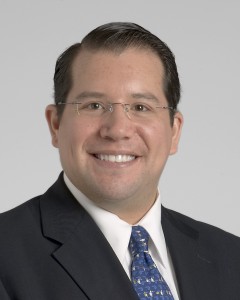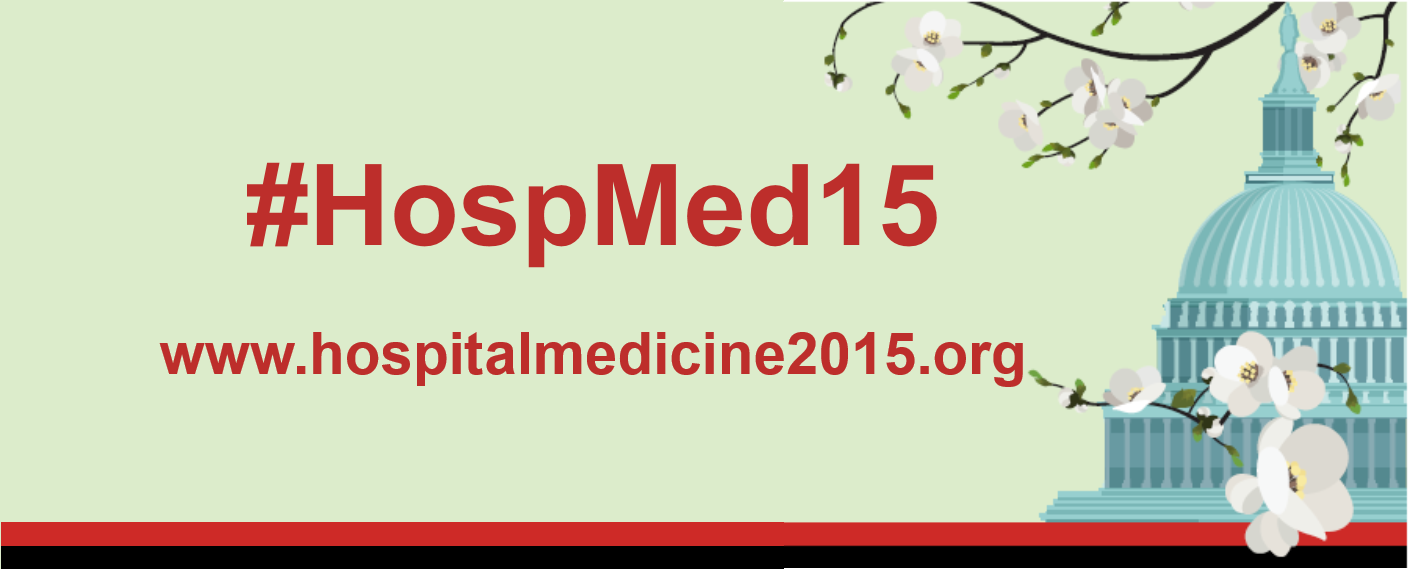By Dr. Moises Auron MD, FAAP, FACP, SFHM
We were taught about it in medical school, then during residency, and we even have questions about it on the boards. Yet still, for a Pediatrician, the electrocardiogram (ECG) appears to be an elusive diagnostic test when it comes to a high degree of certainty on its normality. I usually get questions from my residents about ECG’s that appear to be normal and so, without necessarily intending to diminish my clinical authority/experience, they ask if we can “just to make sure” curbside the pediatric cardiologists to have them look at the ECG.
It seems uncanny that we are not regarded as having expertise in a diagnostic test that is supposed to be part of our core competencies. But the devil is in the details. How often have we really spent time ensuring our skills are fresh and that we become acquainted with as many normal variants as possible? Probably not too often. And like in anything, it is the constant practice which leads to developed expertise.
Therefore, we decided to create this workshop for Hospital Medicine 2015 (HM15) entitled, “Demystifying the Einthoven triangle: how to read Pediatric ECG”, not to teach basic electrocardiography, but to provide pediatric hospitalists with a good method to read an ECG consistently, identify normal variants and most importantly, to focus on real life-threatening conditions that warrant further evaluation. We are going to start with an introduction to the ECG and show you how to read it. Then we will review what abnormalities are seen in morbid obesity and sleep apnea, as well as recognize two important conditions – the preexcitation and the long QT syndromes. Our idea is to have you be able to read an ECG in these situations and actually look for the abnormal findings. Then you can call for a pediatric cardiology consult with a strong question in your hands!
It is relevant to acknowledge the limitations of the ECG for diagnosis of structural heart disease. Overall it’s good screening test, and will be excellent to evaluate acute conduction abnormalities, but it doesn’t substitute the echocardiography when this is required. Yet, being able to understand what a normal ECG is, is paramount to avoid unnecessary consults and prolong hospitalizations.
We are 3 Med-Peds hospitalists, with an active practice in internal medicine and hence reading ECG is part of our daily routine. One of the presenters is a pediatric cardiologist with strong interest in education and whom we have enjoyed his teachings while putting this workshop together.
We are very excited to present this workshop and are certain that you will have fun learning a new methodology to read the ECG, and taking home points to teach your colleagues and trainees. Looking forward to seeing you on April 1st at 10am at HM15.
 Dr. Moises Auron MD, FAAP, FACP, SFHM is an academic Med-Peds hospitalist at the Cleveland Clinic in Cleveland, Ohio. He is an Associate Professor of Medicine and Pediatrics at the Lerner College of Medicine of Case Western Reserve University. His interests are medical education, acute and perioperative medicine and quality and patient safety. He is the Quality and Patient Safety Officer of the Department of Hospital Medicine at the Cleveland Clinic. He is also a Core Faculty of the Internal Medicine Residency Training Program.
Dr. Moises Auron MD, FAAP, FACP, SFHM is an academic Med-Peds hospitalist at the Cleveland Clinic in Cleveland, Ohio. He is an Associate Professor of Medicine and Pediatrics at the Lerner College of Medicine of Case Western Reserve University. His interests are medical education, acute and perioperative medicine and quality and patient safety. He is the Quality and Patient Safety Officer of the Department of Hospital Medicine at the Cleveland Clinic. He is also a Core Faculty of the Internal Medicine Residency Training Program.



Leave A Comment